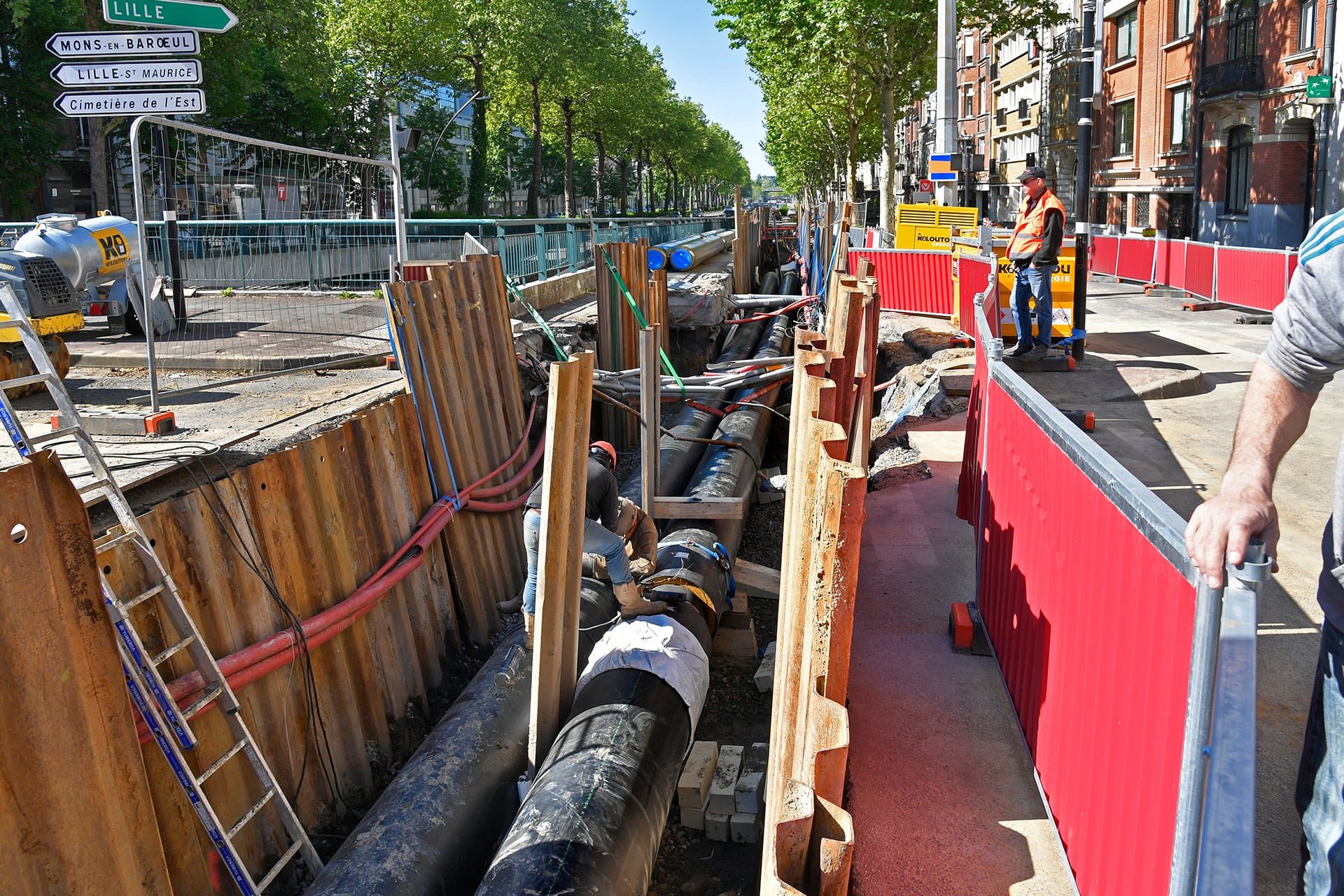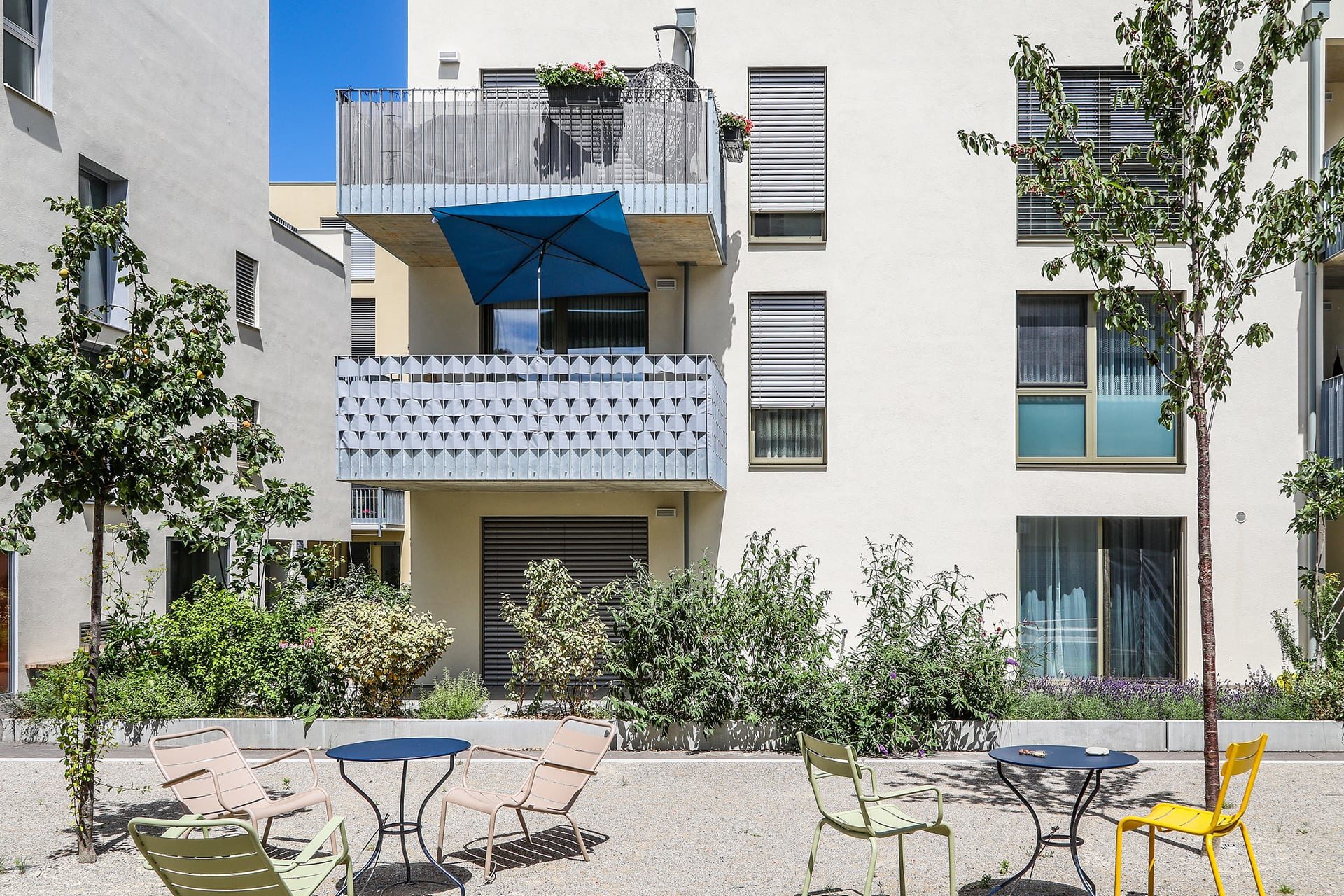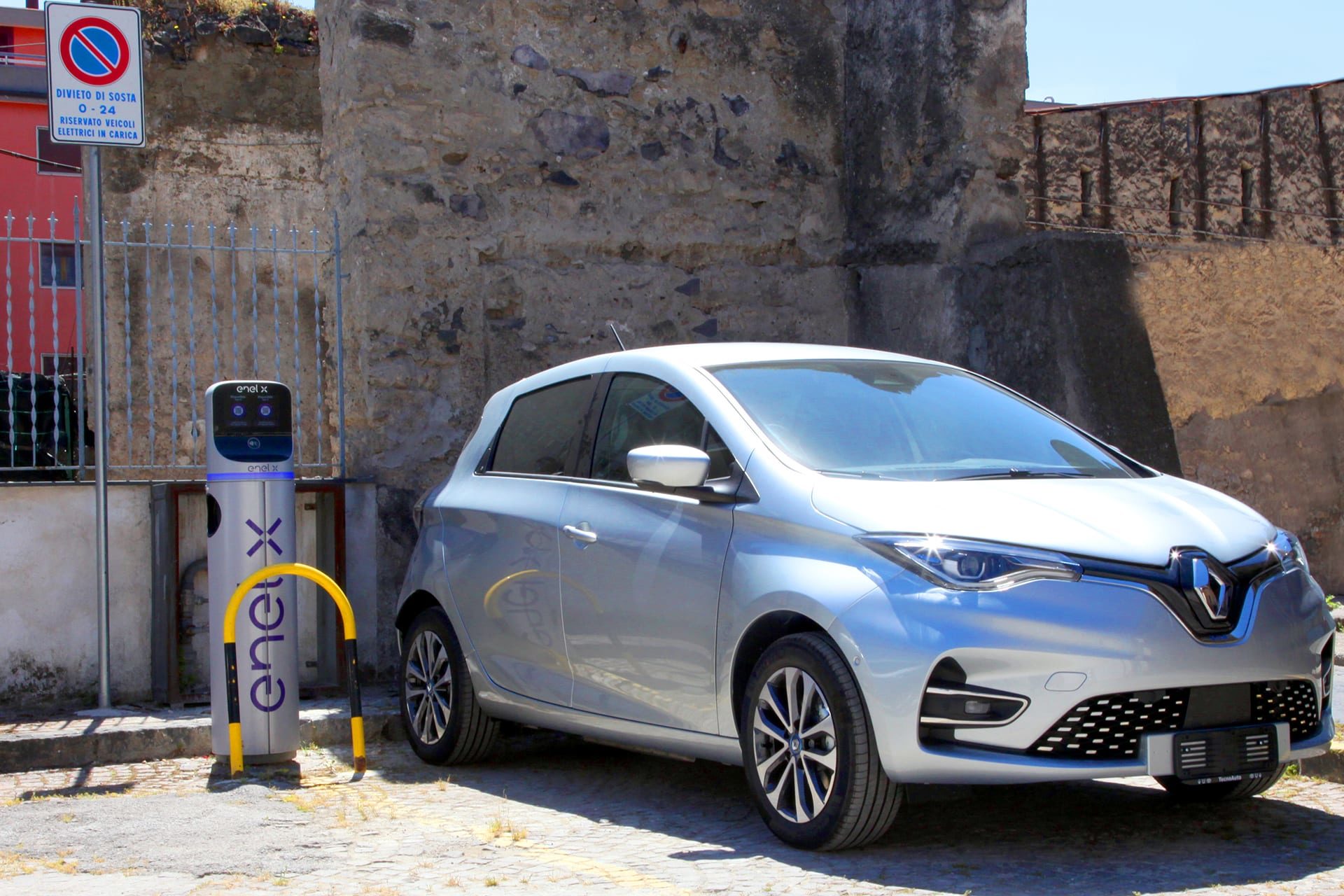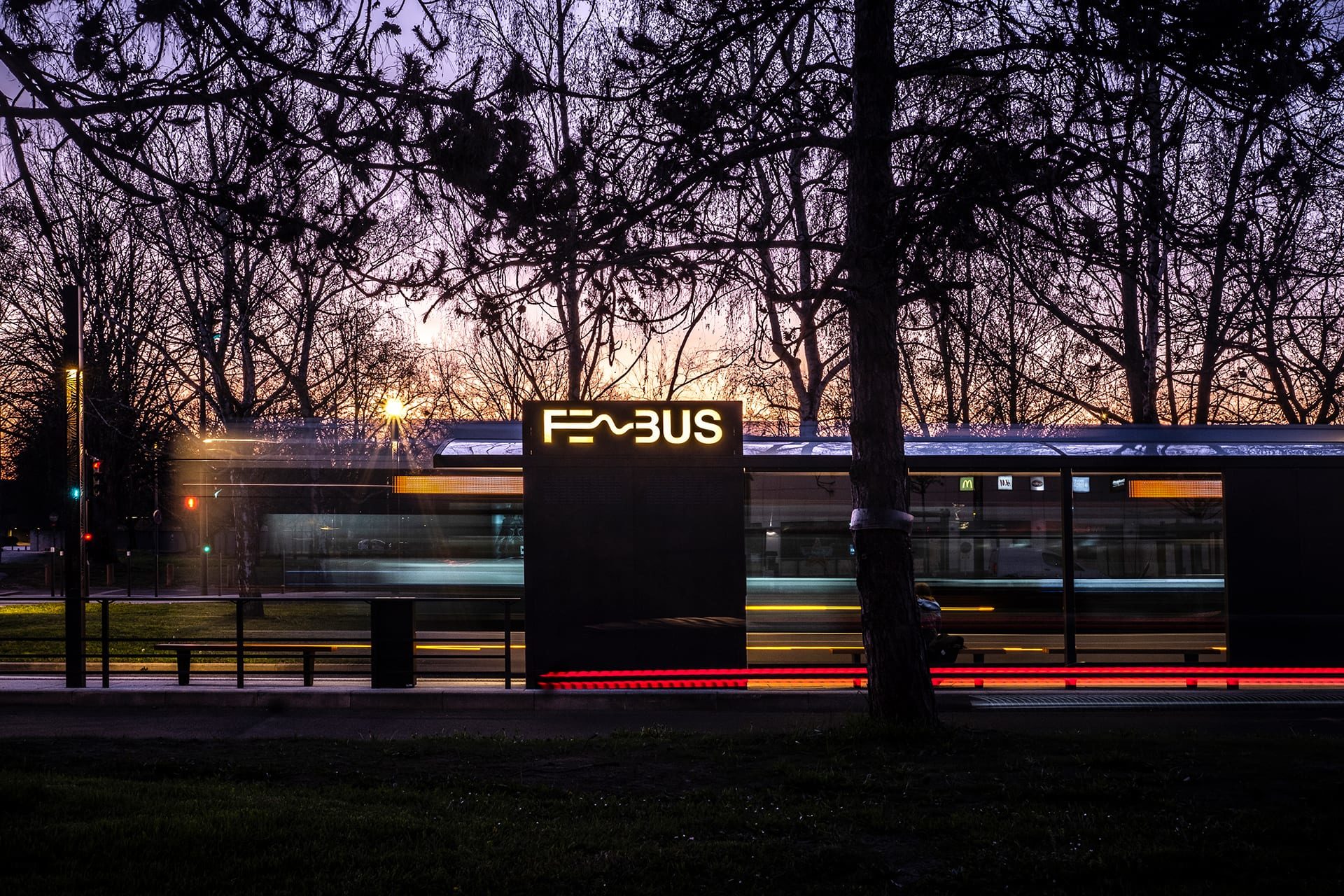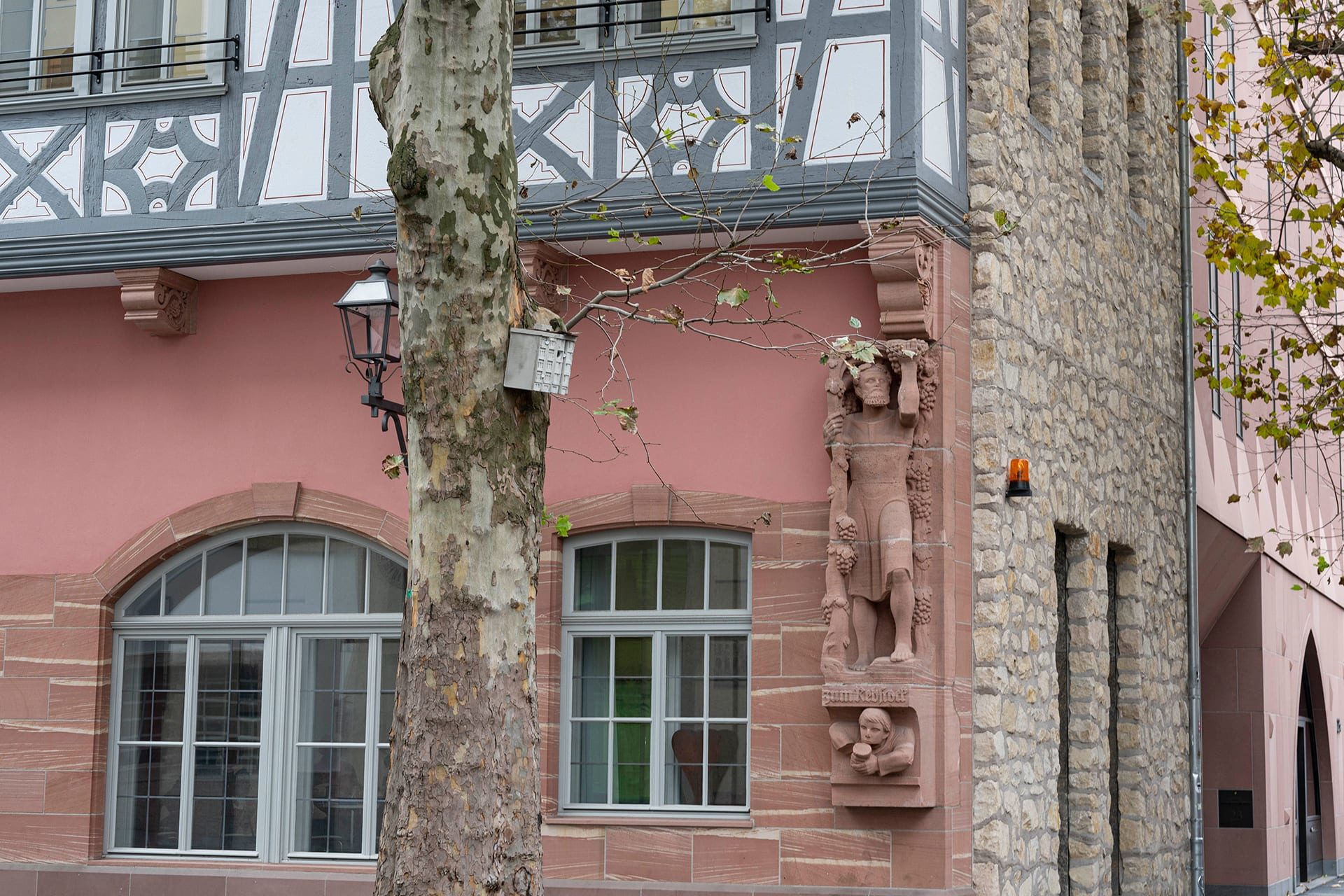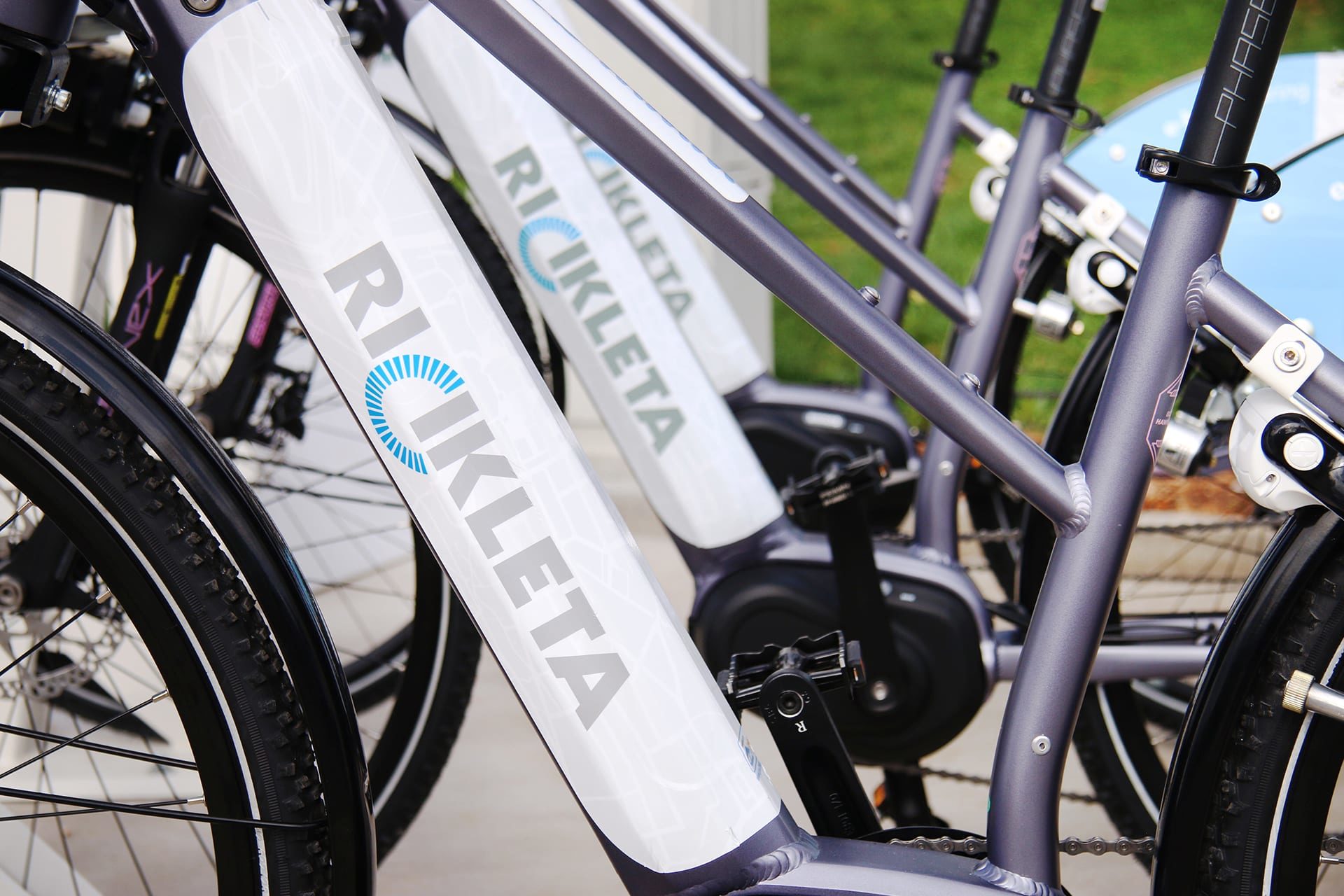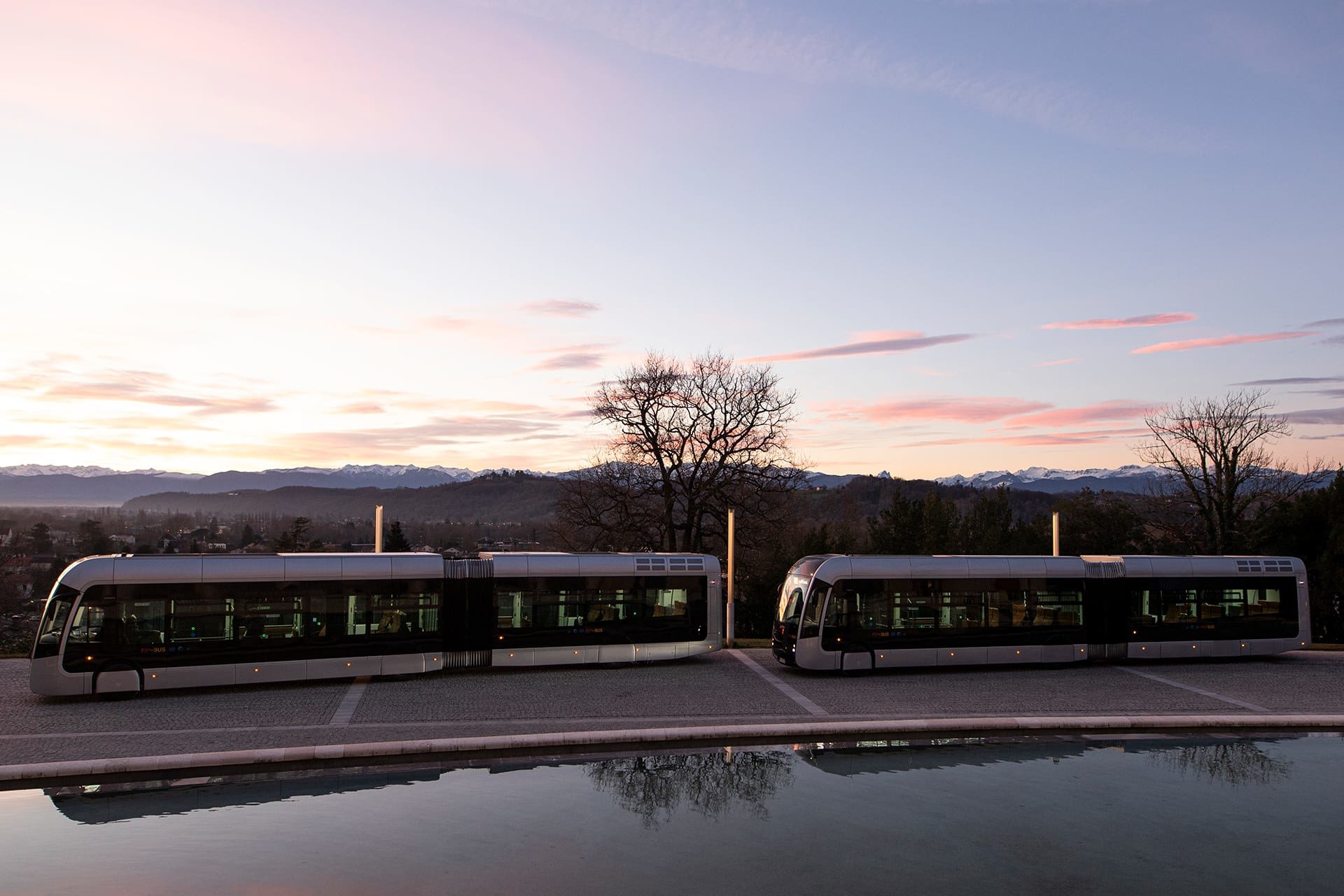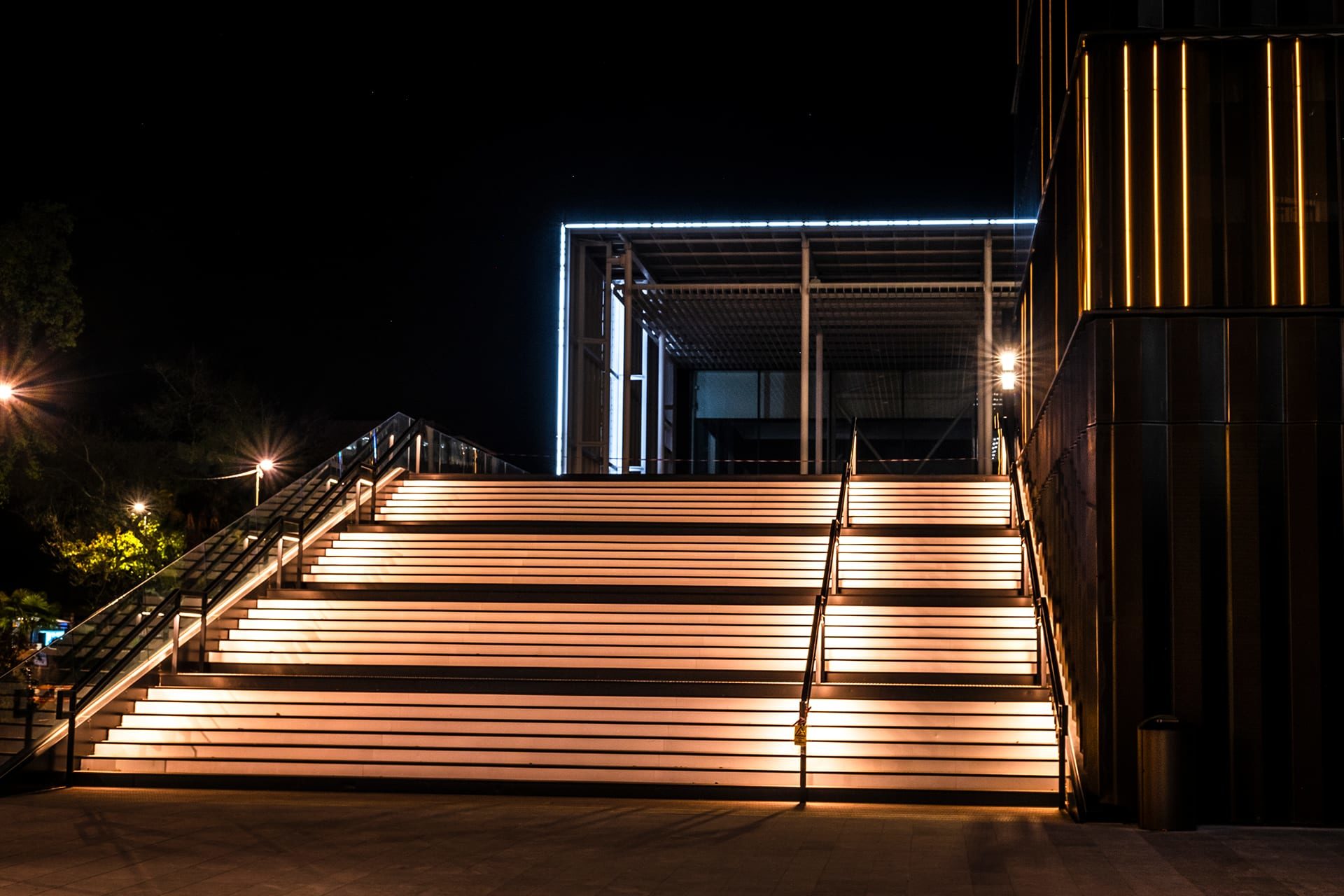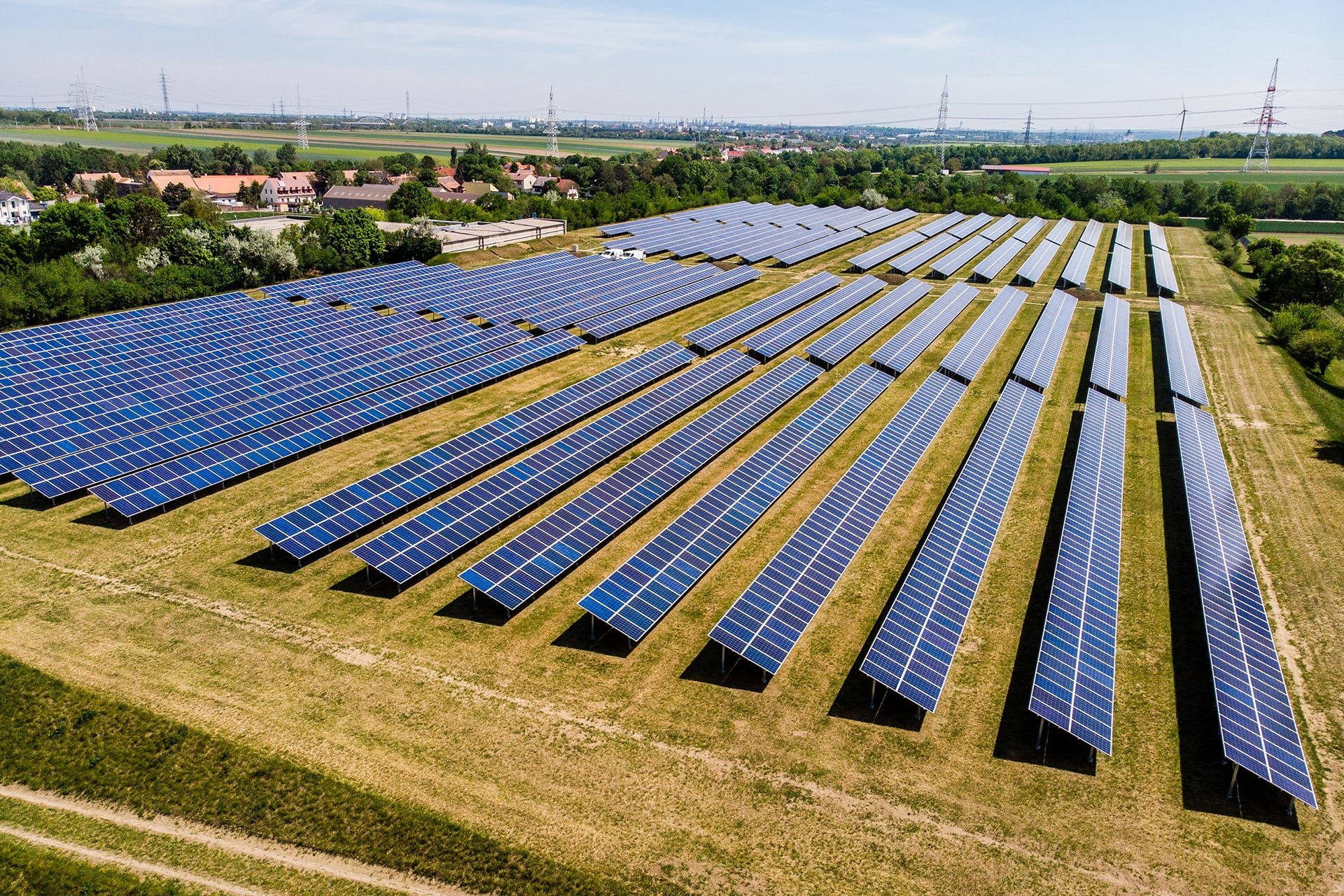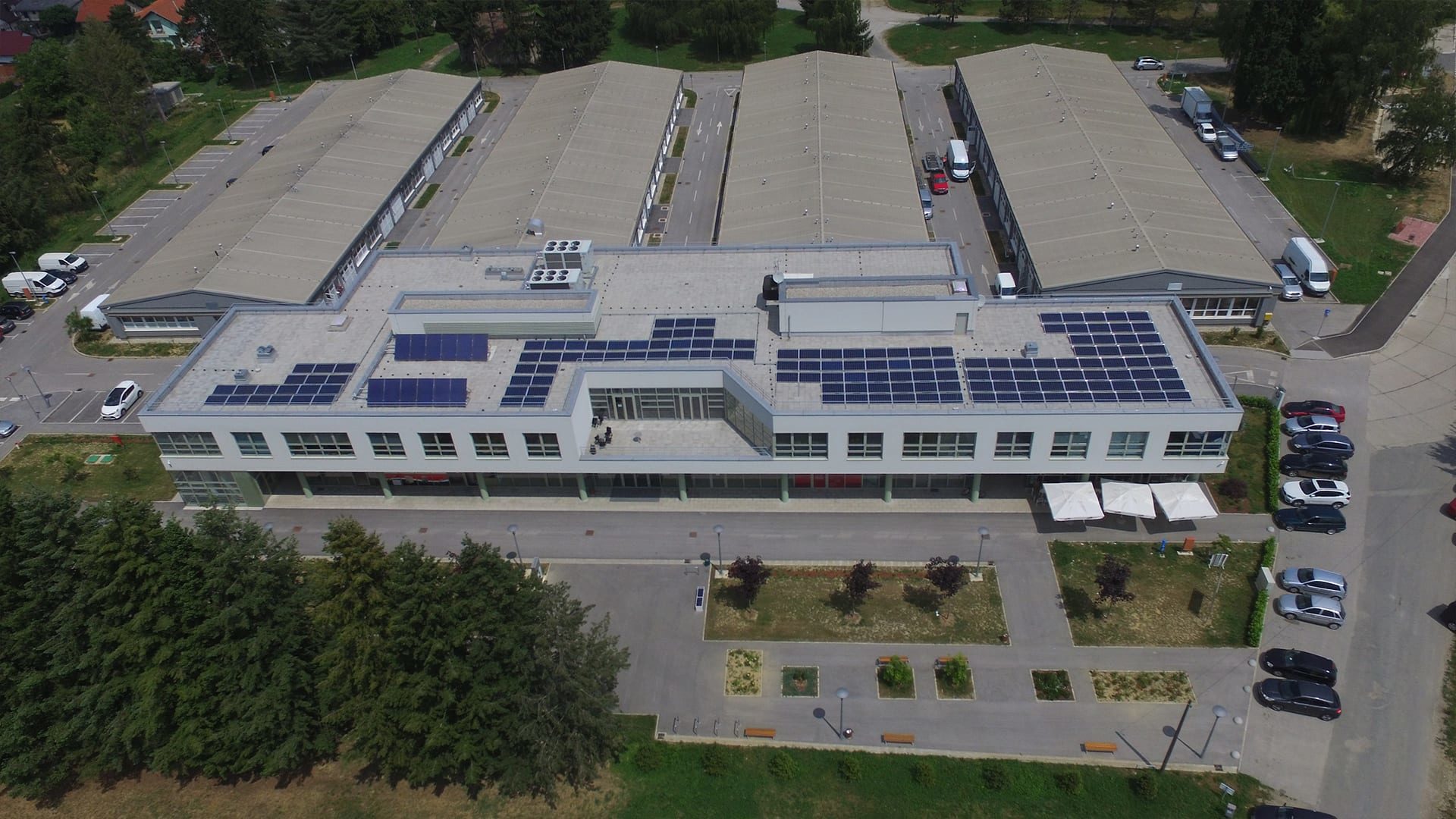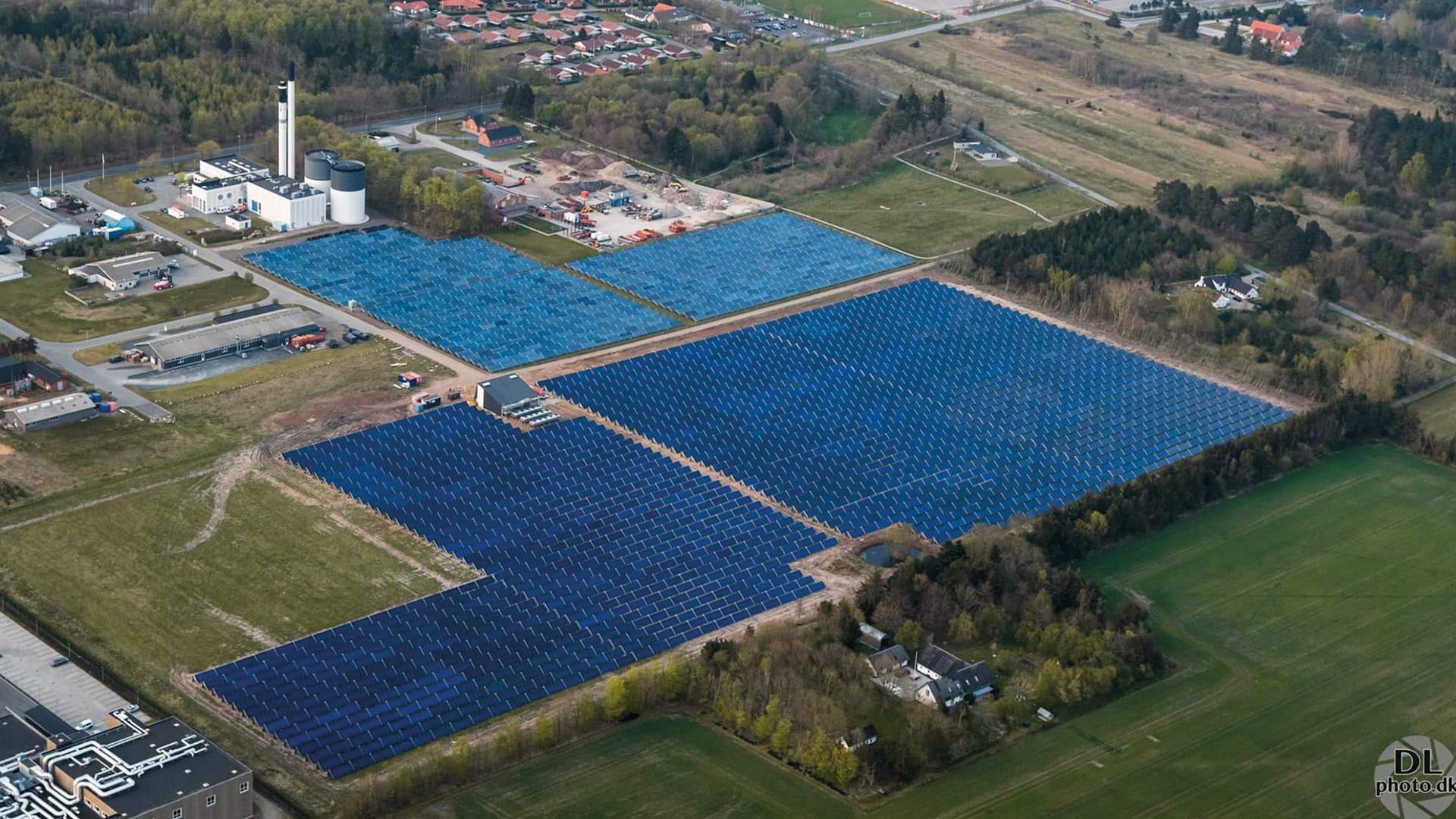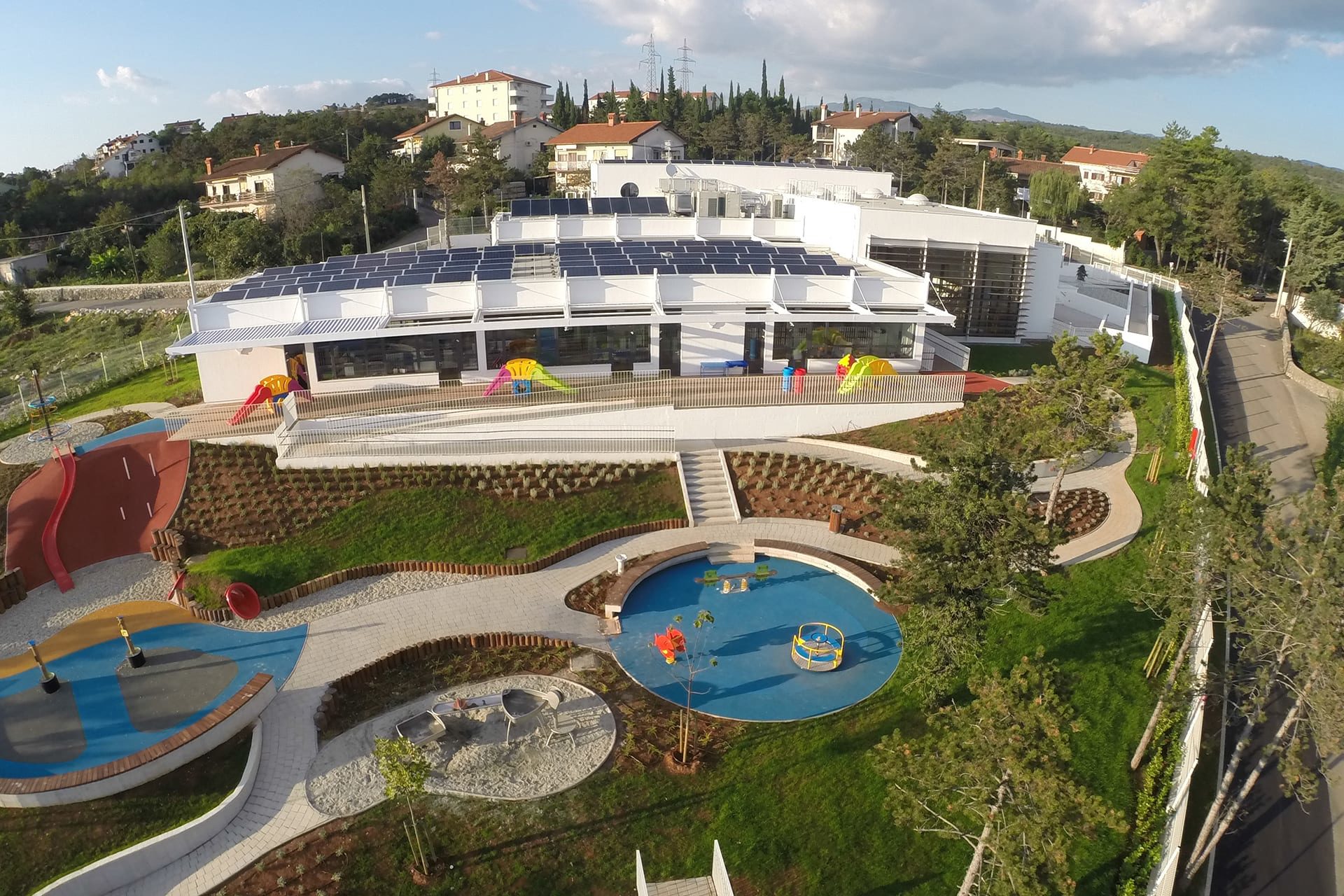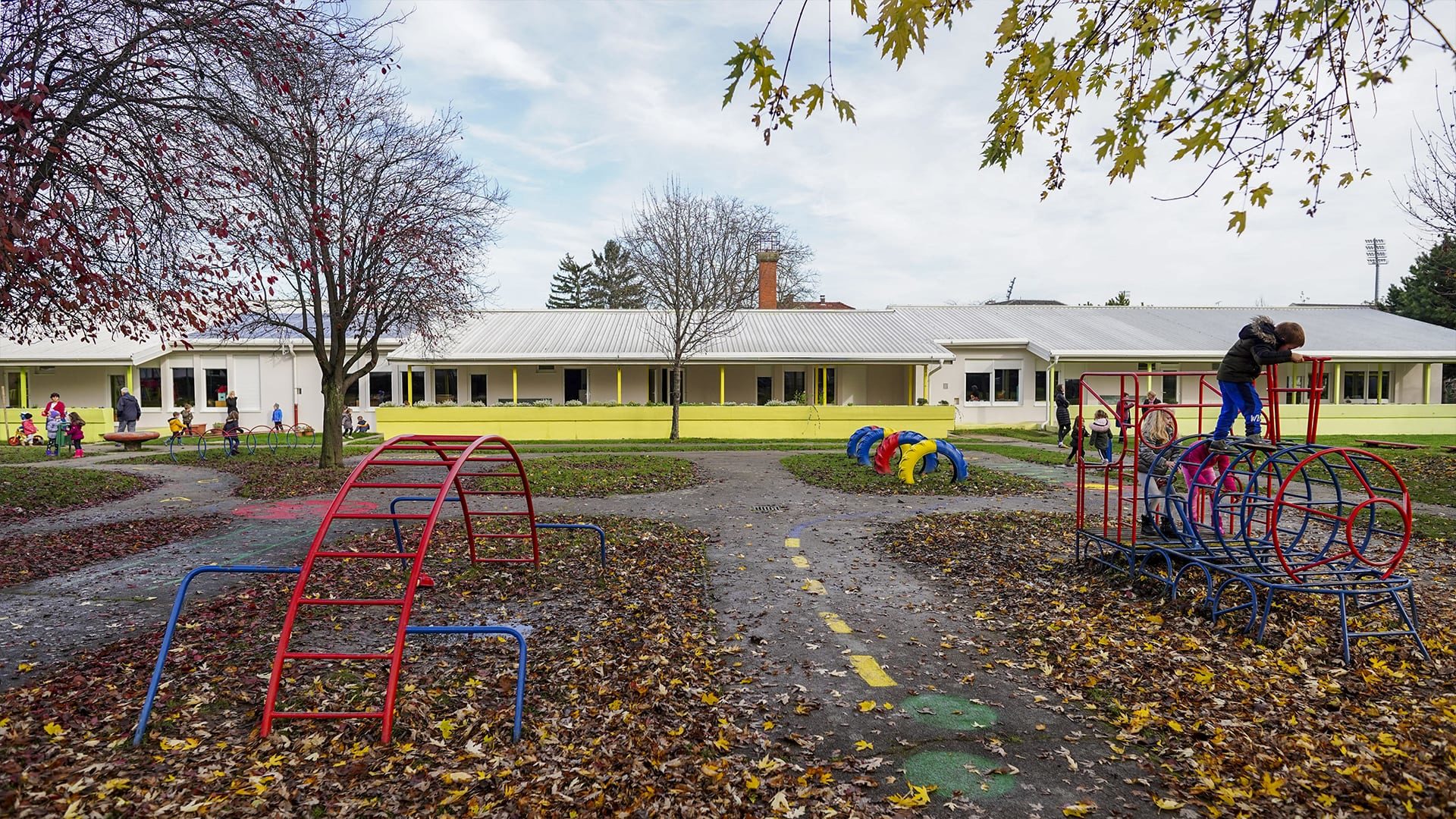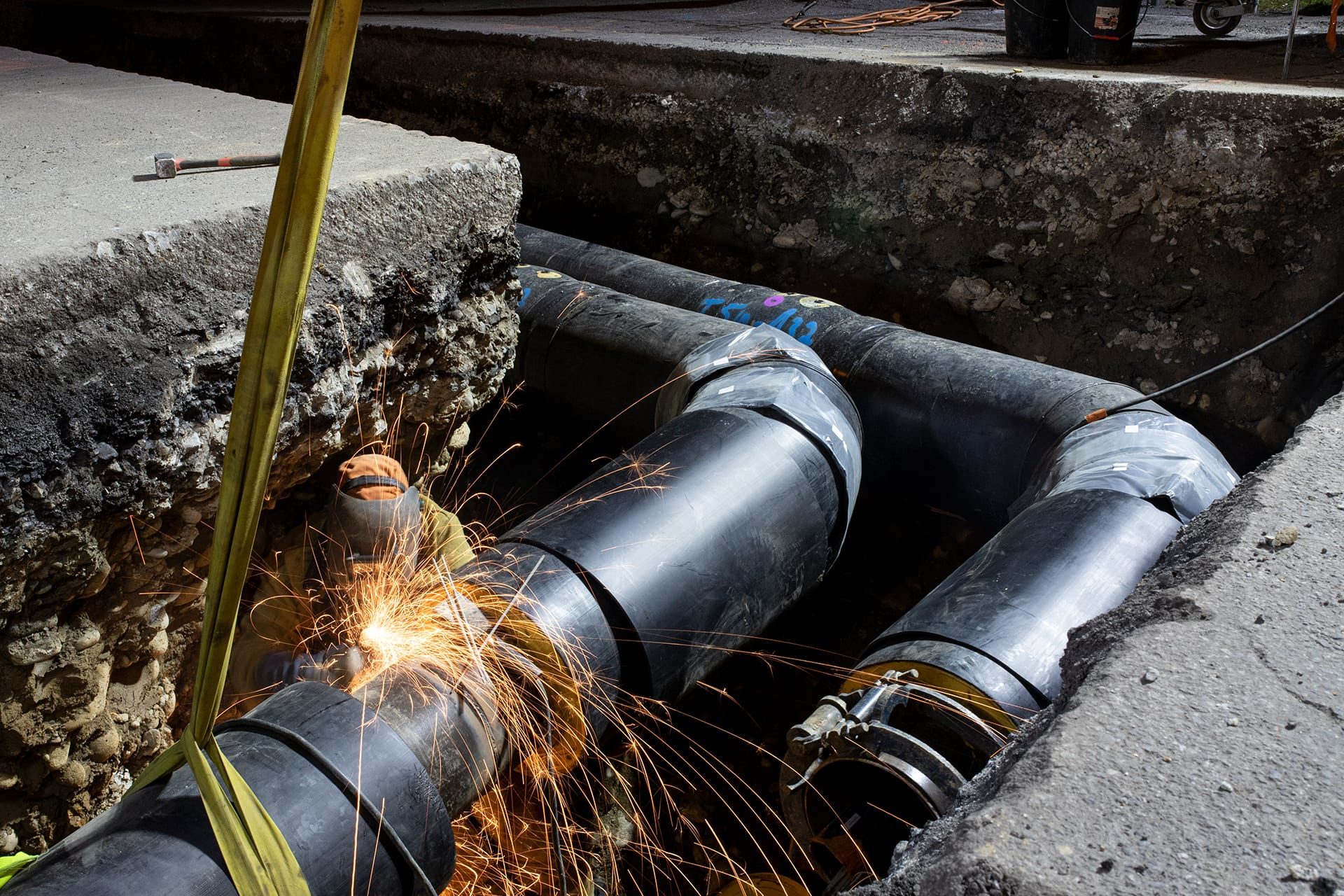Across Europe, cities and towns have been translating strong political will into energy and climate action. As part of the Energy Cities network, they share, inspire, and learn from each other – building better, more inclusive, and more local sustainable solutions for their citizens. Energy Cities showcases tangible alternatives deployed by municipalities, advocating change to political and economic governance at all levels. Together they are fostering the wide cultural change needed for a ‘futureproof’ society. www.energy-cities.eu
Energy Cities
21 June 2021
Lille, France: Since the end of 2020, the heating network in Lille, connected to the metropolitan energy recovery center, has been able to produce electricity and supply hot water to public facilities such as town halls, swimming pools and social housing, thanks to the combustion of household waste in Halluin waste-to energy center. Photo: Vincent Lecigne / Métropole Européenne de Lille
